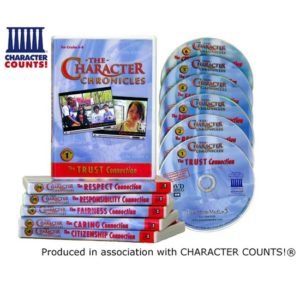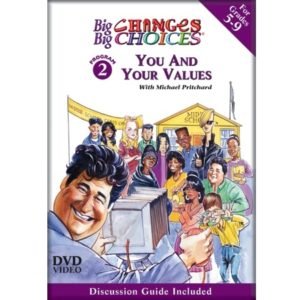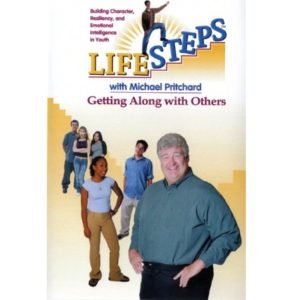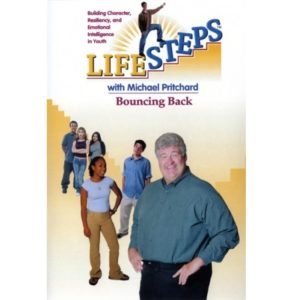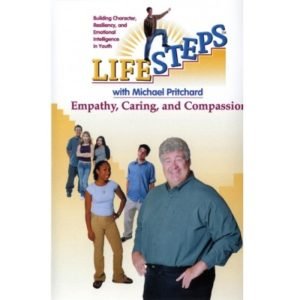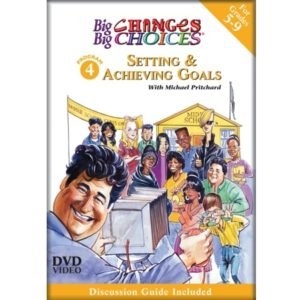Study Skills for People Who Hate to Study
$139.95
-For Grades 7-12
-DVD + Printable Teaching Guide
Designed to help students get organized, this program helps set goals and priorities, and allows students to stay in charge of their schoolwork. Viewers learn about the processes in the brain that help us plan, organize, concentrate, and focus. The program identifies the three main obstacles to effective study — Disorganization, Procrastination, and Distraction—and demonstrates tips and strategies to allow viewers to develop their own unique style of overcoming these obstacles.
- Description
Description
Many teens, especially those with challenges such as ADHD, struggle to complete out-of-school assignments. They may spend their work time spinning their wheels, feeling that they are drowning in work while in fact accomplishing little.
Designed to help students get organized, this program helps set goals and priorities, and allows students to stay in charge of their schoolwork. Viewers learn about the processes in the brain that help us plan, organize, concentrate, and focus. The program identifies the three main obstacles to effective study—Disorganization, Procrastination, and Distraction—and demonstrates tips and strategies to allow viewers to develop their own unique style of overcoming these obstacles. Includes reproducible worksheets and information handouts to implement the strategies in the program.
The message is clear: You can get your work done. It doesn’t have to be painful. And you will have more time for the things you love to do, without unfinished work hanging over your head.
Includes: 18-minute video, teacher’s resource book, and student handouts with pre/post tests.
Sample Video Clip:
Reviews:
Six teenagers address the three main areas that can sabotage effective studying: organization, procrastination, and distraction. Using an improv style with silly humor and sparse props, the teens help one of their friends finish her homework assignments before a day at the beach. After each of the three segments, the program can be paused to facilitate classroom discussion. Each section also features short, amusing animated sequences to illustrate the concepts. The informative teacher’s guide includes student activity sheets, fact sheets, tests, discussion questions, and more. While older students may find the story line silly, all viewers will recognize the obstacles undermining effective studying and relate them to their own issues. A fun, easy-to-implement program.
– Terry Ann Lawler, Phoenix Public Library, AZ
School Library Journal
Recommended Study Skills for People Who Hate to Study is spot-on and practical. Watching this video is cathartic, like a vicarious intervention from a supportive group of friends. Here’s the scenario: On a Saturday, Jeanine’s friends arrive to take her to the beach. Unfortunately, she is a procrastinator; an impending test and a writing assignment deadline hang over her head. The situation is believable and convincingly portrayed; viewers can easily identify with Jeanine’s predicament. She confesses she’s guilty of three typical behavior patterns: disorganization, procrastination, and distraction. She says her friends should just go to the beach without her. Instead, her empathetic pals model positive behaviors and help her to internalize them as new routines. They clean out her messy backpack, organize her study area, and confront her self-defeating habits directly. The video presents a wide assortment of tips, rituals, strategies, and rewards to encourage new and positive study habits.
The film is grounded in psychological concepts such as executive function and flow. Jeanine’s friend says her “executive function is seriously on vacation” and offers to embody it for her. The advice is concrete and specific. For example, students are advised to retreat from external distractions (turn off the phone, set a timer for 20 minute intervals) in order to achieve flow, that experience of immersion in their task.
The scenarios are performed by an energetic, vivacious troupe of teenage actors, so it is most appropriate for junior and senior high viewers. By the clever portrayal of positive peer pressure, the film effectively engages the viewer. The pace is quick and the tone is assertive, yet supportive. The accompanying teacher’s resource notebook contains student activities and fact sheets to facilitate related classroom activities and discussion.
– Wendy Highby, University of Northern Colorado
Educational Media Reviews Online (EMRO)



